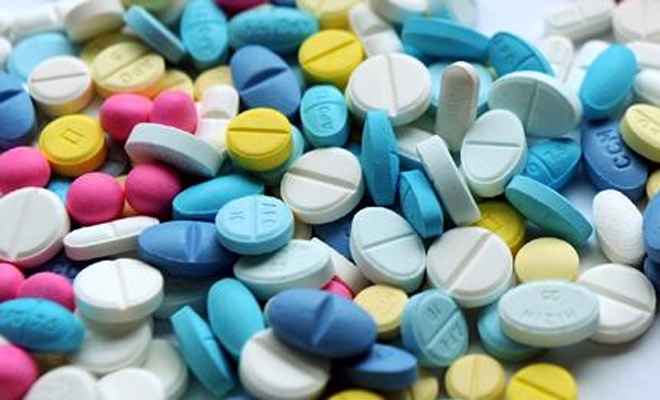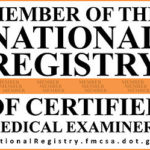By Keith Graves, GRAVES & ASSOCIATES | DATIA Focus Magazine (Summer 2015)
Drug testing in the workplace is a good start, but what if the employee shows up to work high?
In 2013, a heavy equipment operator with a lengthy rap sheet was accused of being high on marijuana while operating an excavator that caused a downtown Philadelphia building to collapse on a thrift store, killing six people. This is one of many accidents where drugs have caused significant injury or death. But, how do you prevent a drugged employee from starting work? Drug testing in the workplace is a good start, but what if the employee shows up to work high? What kind of training do key people in your workplace have in identifying signs of drug impairment? Another issue is reasonable suspicion testing. How do you articulate your suspicion that you think and employee may be high? What if an employee is using a drug that is not covered under their workplace drug testing protocols and he/she continually comes back with a negative drug test, even though you could have sworn that he/she looked high?
Suffice it to say, knowledge of drugs is very important to anyone who is deciding if employees need to be tested for drugs or if they want to be aware of employee drug use. Kevin Reynolds, a seasoned narcotics detective in California said, “Almost every drug user I come across has a job. Many times, they tell me that they are using drugs at work with their co-workers.:
In California, a group of officers developed a program to help cops on the street determine if they were dealing with someone under the influence of a drug. This program, the Drug Abuse Recognition Course (DAR), because a flexible, modular program that has been brought to thousands of officers throughout California. The program was developed in the late 1980s by the Glendale Police Department and was rolled out to the rest of the state thanks to a grant from the California Office of Traffic Safety. Although DAR is not the only drug influence program, it is by bar the most popular method of detecting drug influence with minimal training. Other programs, like the Drug Recognition Expert Program, require multiple weeks of training and most require that you re a sworn law enforcement officer or approved safety official to participate, according to the DECP website.
The DAR process uses 7 steps to determine if a person is actively high. A drug test will show past use, but the DAR process shows if a person is actually high in the moment. In addition to the 7-step process, DAR breaks down all drugs into one of eight drug categories. As an example methamphetamine, cocaine and bath salts all have the same signs and symptoms. They all dilate the pupils, increase the pulse rate and cause the user to be hyperactive. All of these drugs are classified as (Central Nervous System CNS) Stimulants. Students are taught the signs and symptoms associated with each class of drug.
But, what if you did a drug test and it came back negative? In this scenario, you correctly identified that the person was under the influence of a CNS Stimulant, but your company only tests for methamphetamine and cocaine. You can go back and now test for other known CNS Stimulants if you are allowed to do that in your policy.
DAR instructors quickly realize that the civilian workplace needed the same training. The instructors tweaked the program and began to teach private entities the same material, in a shorter version, to assist them with identifying persons under the influence of drugs. Students in the DAR course are taught to look for signs and symptoms of drug influence in an attempt to develop probably cause to make an arrest and make a solid court case. People in private industry need similar skills to develop cause to send people in for reasonable suspicion testing.
To read more of this article, visit the DATIA website








